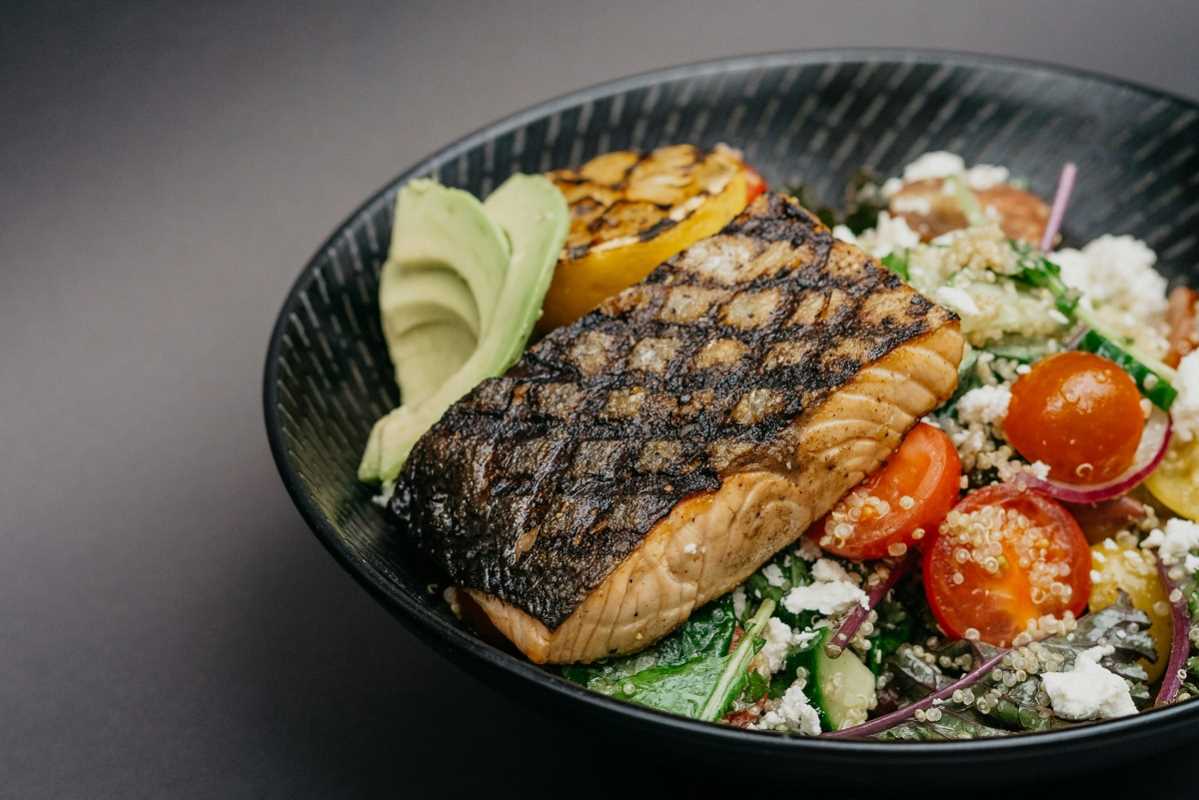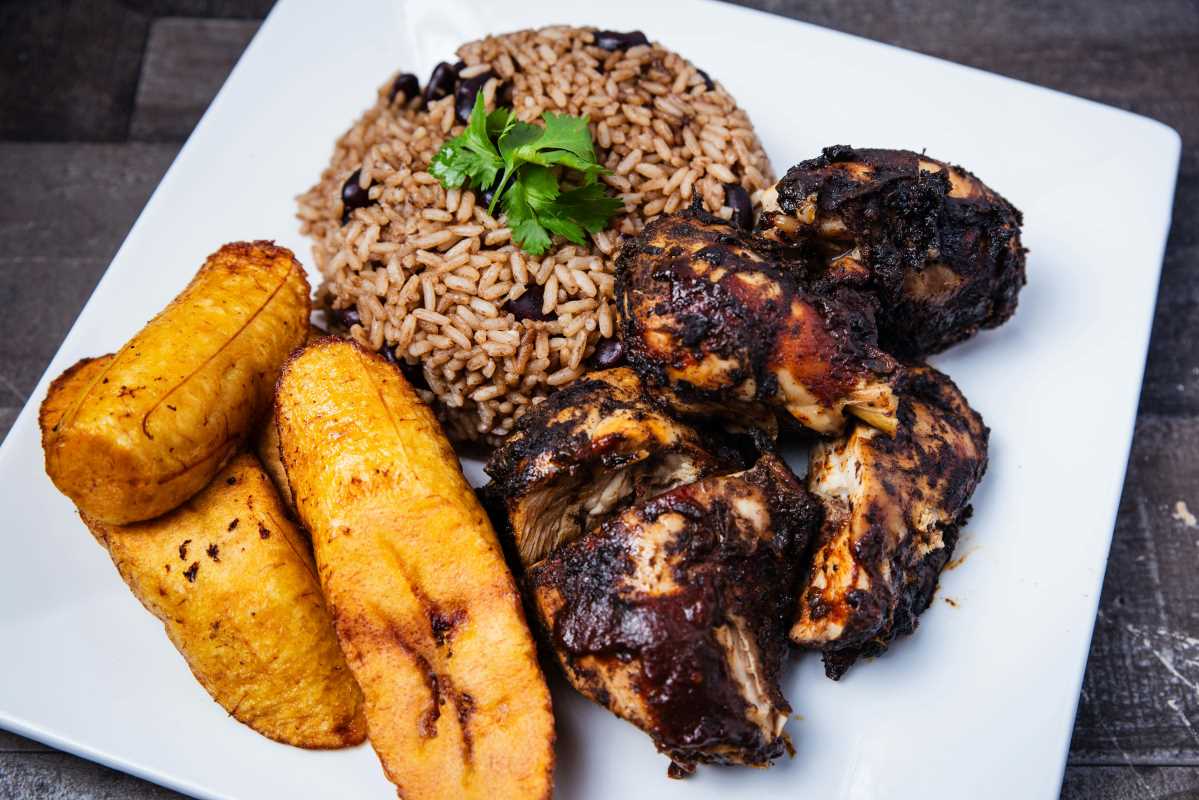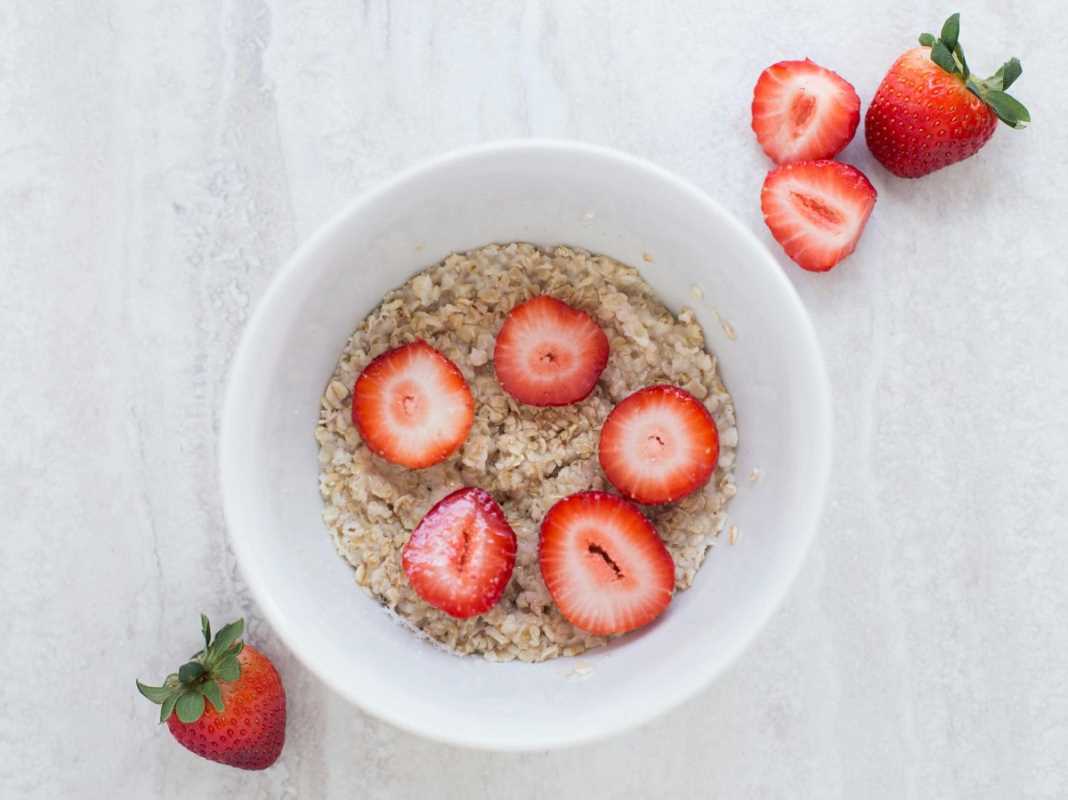Having a pantry full of nutrient-dense superfoods may seem like a luxury for those on a tight budget, but it’s entirely possible to stock up without breaking the bank. Superfoods are natural, nutrient-packed whole foods that deliver tons of health benefits, from boosting energy to improving immunity. While some may think “superfood” equals expensive, many affordable options are easy to find and store for months, making them the perfect addition to your pantry.
This guide will walk you through the steps to build a budget-friendly superfood pantry, including gaining insight into pantry staples, how to shop smart, and examples of versatile superfoods to incorporate into your meals.
Benefits of Stocking Your Pantry with Superfoods
Stocking your pantry with superfoods offers a mix of health, convenience, and financial advantages. Here's why it’s worth prioritizing:
- Better Nutrition: Superfoods are jam-packed with vitamins, minerals, fiber, and antioxidants that can help improve digestion, reduce inflammation, and boost overall vitality. For example, chia seeds are a powerful source of omega-3s and support heart health.
- Budget-Friendly Meals: Smartly chosen superfoods bring versatility, allowing you to create a variety of nutritious meals without spending a fortune. Lentils, for instance, are affordable and can be used in soups, curries, or even veggie burgers.
- Time-Saving Solutions: A stocked pantry means fewer trips to the store and more options for quick, healthy meals. Whole grains like oats or quinoa can be pre-cooked and stored in the fridge to speed up meal prep.
- Versatility: Superfoods can take on many roles in meals. Quinoa can become a base for a salad, a main dish, or a breakfast porridge. One ingredient gives you endless possibilities.
With all these benefits in mind, here’s how to build your own budget-friendly superfood pantry.
Step 1: Be Strategic with Your Shopping
Combining strategy and planning will help you secure the best deals on nutrient-dense, affordable superfoods.
1. Shop in Bulk
Buying in bulk reduces costs per unit since you’re not paying for packaging. For example:
- Oats: Look for rolled or steel-cut oats in bulk bins. A single large bag can serve as breakfast for weeks.
- Seeds: Chia seeds, flaxseeds, and sunflower seeds are often significantly cheaper when purchased in bulk compared to prepackaged options.
- Rice and Lentils: Bulk bins often offer a wide variety of rice and lentils at lower prices than branded packages.
Bring reusable containers or bags to your local store to measure out exactly what you need (and cut down on waste).
2. Look for Generic or Store Brands
Many supermarket brands offer staples like brown rice, canned beans, and frozen vegetables at a much lower price. For example, a store-brand bag of quinoa may cost 20-30% less than its branded counterpart, while still providing the same nutritional benefits.
3. Focus on Seasonal Produce
Fresh fruits and vegetables are healthiest and cheapest when bought in season. For example:
- Berries: Save on strawberries, blueberries, and raspberries by purchasing during their summer harvest. You can even freeze them yourself to use later in smoothies or desserts.
- Greens: Kale, spinach, and collard greens are typically most affordable in the spring and fall months.
Shopping at farmers' markets late in the day can also result in discounts on produce.
4. Scour Deals and Discounts
Sign up for supermarket newsletters for regular updates about sales on pantry staples. Look for apps that provide digital coupons or cashback offers. Apps like Ibotta or Rakuten can net you additional savings on superfoods without much effort.
5. Buy Frozen Produce
Frozen fruits and vegetables are often more affordable than fresh and retain the same nutritional value. For instance, frozen broccoli or spinach makes a great addition to soups, casseroles, or omelets.
Step 2: Prioritize Long-Shelf-Life Superfoods
Building a pantry stocked with items that last for months means fewer grocery trips and less waste. Here are cost-efficient and nutrient-packed superfoods to prioritize:
1. Whole Grains
Whole grains provide essential carbs, proteins, and fiber, making them meal-prep heroes:
- Quinoa: Use quinoa as a protein-rich alternative to rice or pasta. Add it to veggie bowls, stuff it into peppers, or use it in hearty salads paired with roasted vegetables.
- Brown Rice: Bulk up soups, complement curries, or make rice pudding for dessert. It’s a nutritious and filling base for countless dishes.
- Oats: Oats go beyond breakfast; you can make savory oat dishes or use them for thickening soups and stews.
Tip: Consider repurposing leftover brown rice into fried rice with frozen vegetables or stuffed into wraps.
2. Dried Legumes
Legumes are an excellent, cost-effective way to incorporate plant-based protein and fiber into your diet:
- Lentils: These cook faster than beans and offer endless versatility—from dal to lentil loaf or even taco fillings.
- Chickpeas: You can toss roasted chickpeas into salads, blend them into hummus, or use them in veggie burgers and soups.
- Black Beans: Perfect for Mexican dishes like enchiladas or black bean soup, they also make a great basis for a quick vegetarian chili.
Pro-Tip: Cooking dried beans in large batches and freezing them in portions saves extra money compared to buying canned.
3. Seeds
Small but mighty, seeds are an essential superfood:
- Chia Seeds: Use them to make chia pudding with almond milk, vanilla, and a splash of maple syrup.
- Flaxseeds: Ground flaxseeds can act as vegan egg substitutes in baking or elevate the nutrition of oatmeal and smoothies.
- Pumpkin Seeds: Toasted pumpkin seeds bring crunch to salads, and they’re rich in magnesium and protein.
4. Nuts
Most nuts offer a blend of heart-healthy fats and protein, making them great for both snacking and cooking. Opt for:
- Peanuts: Use them in homemade trail mix or stir-fry dishes to add depth and crunch.
- Almonds: Almond meal can replace traditional flour in gluten-free baking, while whole almonds make nutrient-dense snacks.
Store nuts in the freezer to preserve freshness and prevent them from going rancid.
5. Spices and Herbs
Herbs and spices elevate the flavor of any dish, but they’re also packed with health benefits:
- Turmeric: Stir turmeric into scrambled eggs, use it in teas, or even sprinkle it on roasted vegetables.
- Cinnamon: Beyond desserts, add cinnamon to your coffee, porridge, or savory curries.
- Cumin and Paprika: These pantry essentials can turn basic beans and grains into flavorful meals.
6. Sweeteners
Consider nutrient-rich alternatives to traditional sugar:
- Honey: A touch of honey sweetens smoothies, dressings, or even roasted sweet potatoes.
- Maple Syrup: Use it as a natural sweetener in baking or as a topping for oatmeal.
7. Superfood Add-Ons
- Cocoa Powder: Beyond desserts, cocoa can go in smoothies or paired with chili for depth in savory dishes.
- Nutritional Yeast: Sprinkle it over popcorn or pasta for a cheesy, umami flavor that’s rich in B vitamins.
Step 3: Make Your Own Superfood Staples
DIY superfoods save money and reduce food waste:
- Nut Butters: Roast peanuts or almonds and blend them into creamy spreads with no added sugars or oils.
- Broth or Stock: Save leftover vegetable scraps to simmer your own flavorful broth.
- Energy Bites: Roll oats, nut butter, seeds, and cocoa powder together to make budget-friendly, no-cook snacks.
Homemade staples are often tastier, healthier, and dramatically cheaper than store-bought.
Step 4: Plan Your Superfood-Packed Meals
Meal planning ensures you use your superfood ingredients efficiently. Use these ideas:
- Breakfasts: Blend frozen berries, spinach, chia seeds, and almond butter for a superfood smoothie.
- Lunch: Create an easy grain bowl using quinoa, black beans, roasted veggies, and a drizzle of olive oil.
- Dinner: Make hearty lentil stew with canned tomatoes, spices, and a side of brown rice.
- Snacks: Pair nut butter with sliced apples or carrots, or snack on roasted sunflower seeds.
Don’t forget the versatility of leftovers! Today’s quinoa salad can transform into tomorrow’s stuffed bell peppers or wrap filling.
Step 5: Organize Your Pantry and Get Creative
To streamline your superfood pantry, take these final steps:
- Invest in clear, airtight containers for bulk items. Label them with expiration dates.
- Keep similar items (e.g., grains or legumes) grouped together for easy access.
- Experiment with “clean-out-the-pantry” recipes like grain bowls or soup to use up odds and ends.
Building a budget-friendly superfood pantry requires planning, but with these tips, you’ll be able to nourish yourself deliciously and without overspending. By prioritizing affordable, long-lasting, and nutrient-rich staples, you can fuel your lifestyle without stretching your wallet.
 (Image via
(Image via




.jpg)
